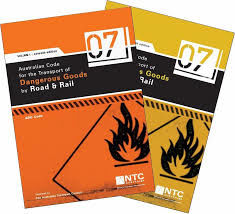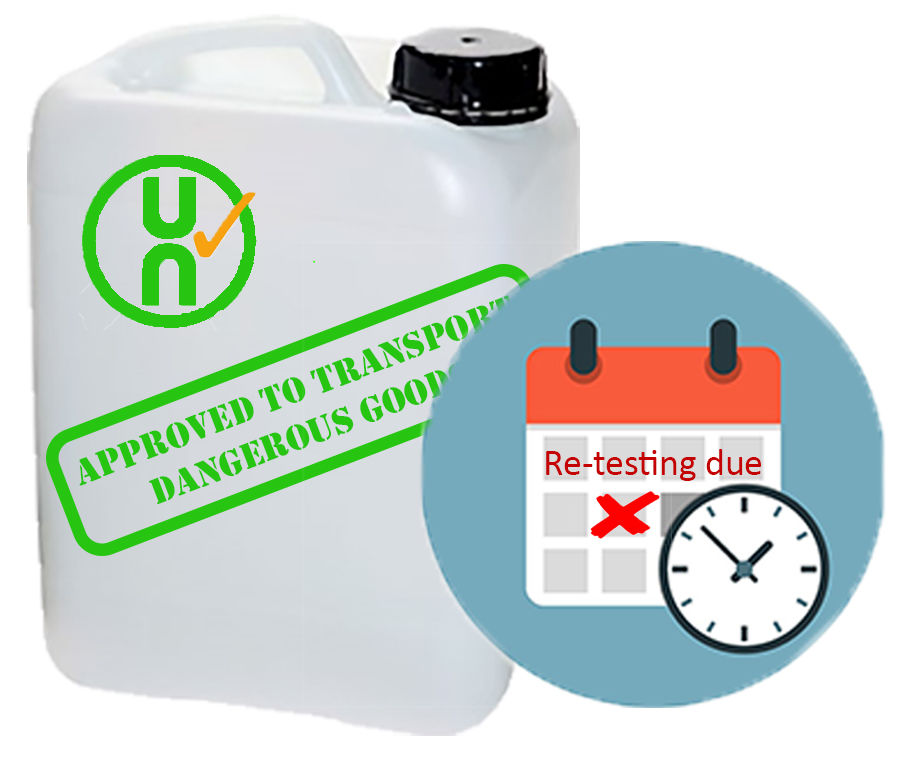Background
This article discusses why it’s important to revalidate Dangerous Goods Packaging Design approvals (“approvals”). Revalidation refers to re-testing an approval after a certain time interval. Currently, the re-testing time interval is 5 years after the approval has been issued. This was introduced across all of Australia in May 2019 by the Competent Authorities Panel.
Why we revalidate dangerous goods packaging approvals
We revalidate packages to ensure that their original design and performance don’t diminish over time despite changes to companies, industry, and technology. Over time, we sometimes see that subtle changes compound and a package can become very different to its original approval.
Possible changes to packaging design
Here, we only focus on plastic jerrycans because they are most common in industry, however, you can compare these points to other packages and their material types.
Manufacturing changes (using different moulds, different machines, reduction in material, different material distributions, changes to heating and cooling of the moulds),
Supplier changes (a company’s material supplier may change or a supplier may stop producing a certain grade of material),
Company changes (changes in staff & management, changes in manufacturing & quality assurance procedures, re-allocation of funding, pressure from management & clients),
Industry and technology changes (new moulding techniques, new machines, changes to availability of material),
‘Subtle’ design changes (changes in quantities of additives and pigments, small changes in packaging dimensions, changes to the assembly),
‘Blatant’ design changes (changes in closures, neck finishes, packaging height, or method of sealing),
Regulatory changes (changes to regulations, codes, or performance requirements),
Natural product changes (only really for wood or fibres, these natural products change over time).
After 5 years of change, it’s understandable that an approval may no longer be appropriate for use. Even when comparing an old and new packaging side-by-side, they may look similar, but their performance can be entirely different.
What if I don’t revalidate?
Approvals are issued in perpetuity. However, if you don’t revalidate an approval by the due date, then it will become dormant. Then on, you must revalidate it to re-activate it.
Until then, all packagings that are manufactured with a dormant approval number are not legally allowed to transport dangerous goods.
More information
|  |
The Competent Authority
There is a Competent Authority for each state & territory (“state”) of Australia and they each reserve the right to issue a revalidation rule with their issued approvals. The current revalidation rule requires that an approval must be re-tested after 5 years. If approvals don’t meet the revalidation rule, then they become dormant until they do.
What to walk away with
You must revalidate dangerous goods packaging approvals every 5 years.
Revalidations must prove that an approval has maintained an equal level of performance over time. Approval holders must be able to prove this with a NATA test report which the Competent Authority may request this at any time.
(6.1.5.1.8) The Competent Authority may at any time require proof, by tests in accordance with this section, that serially-produced packagings meet the requirements of the design type tests.
Each approval, including each variation of an approval, requires revalidation testing.
If approvals don’t meet the revalidation rule, then they become dormant until they do. Marking packagings with an approval number that does not meet the revalidation requirements is an illegal breach of the regulations.
Over time, approvals must be kept as close to their original design and manufacture specifications as possible. If the approval holder suspects that an approval has changed, then hey must assess whether the change:
is classified as a variation of an approval (see link below), or
warrants a new approval number (which does require re-testing).
SupportLet us know if you any questions about revalidation testing. We’re happy to share our insights. Email: info@auscompliancelab.com. For information about variations researtch papers of dangerous goods packaging designs then check out our article The Allowable Variations to Dangerous Goods Packaging Approvals. This article is subject to ACL’s Disclaimer of Published Materials. |  |

